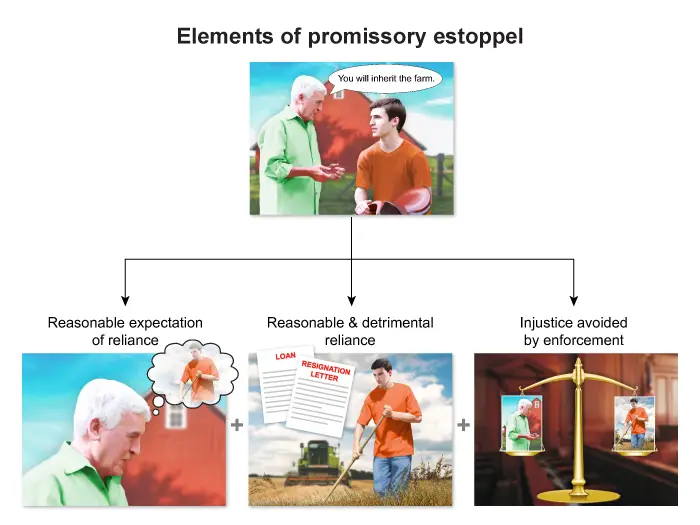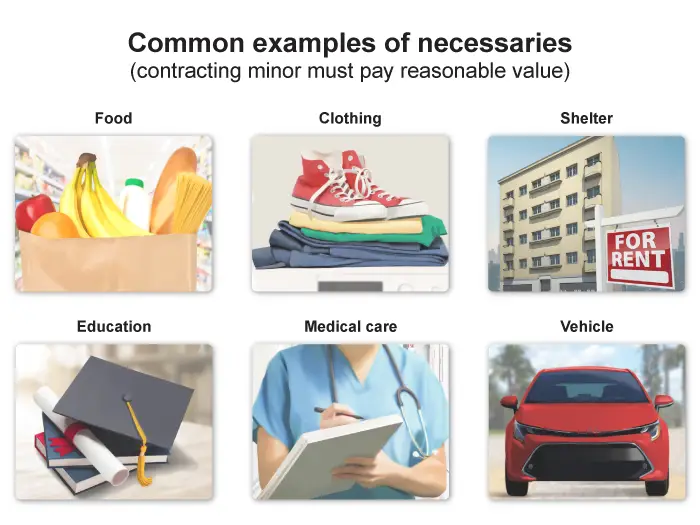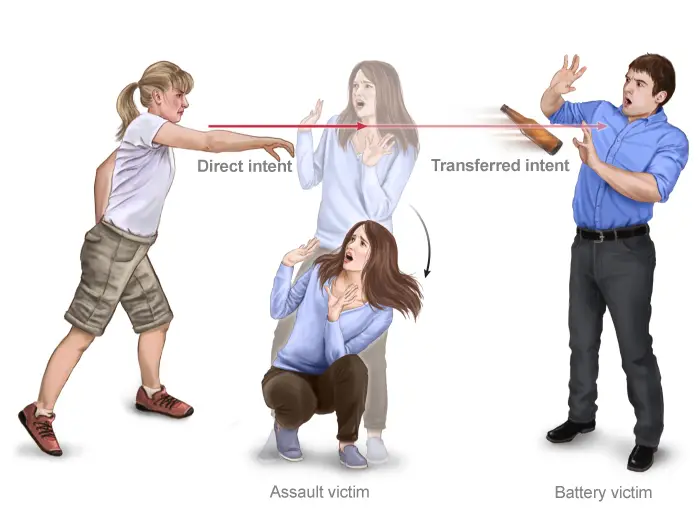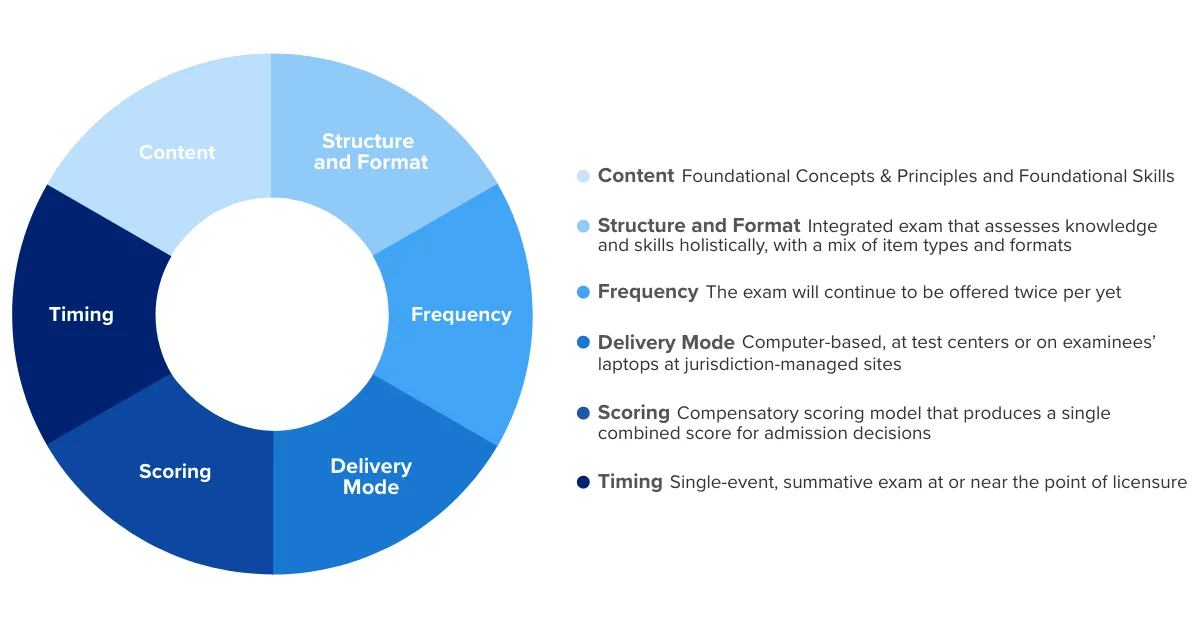Bar Exam History and Evolution
Do you remember your law school professors using terms like "a fortiori," "ad hoc," or "corpus juris secundum"? Despite their common usage today, these phrases have their origins in Latin! Have you ever wondered how many years back the legal system in the United States goes? Surprisingly, the US legal profession has its roots in ancient Greek and Roman civilizations, and its starkly developed form can be found in the United States.
History of Bar Exam
In 1783, the Delaware Colony held the first bar examination in the present-day United States. Bar examinations were typically oral from the late 18th to the late 19th century and were given following an apprenticeship with a practicing attorney or judge (a practice called "reading the law"). In the 19th century, there was a general trend toward laxer standards and more loopholes.
After the 1870s, many states began granting diploma privileges to graduates of local law schools, making bar examinations unnecessary. Between the years 1890 and 1920, written bar examinations were adopted by the majority of states. As lawyers began to work in jurisdictions other than those where they had completed their formal education, standardized written tests became standard practice.
In 1921, the American Bar Association (ABA) declared that it preferred licensing lawyers based on their performance on written bar exams rather than on receiving a diploma. Diploma privilege saw a steep drop in the succeeding decades, and passing the bar exam became the norm for entering the legal profession. In 1980, 45 of the 50 states had mandated written bar examinations. As of 2022, only graduates of ABA-approved law schools in Wisconsin, Virginia, and California are eligible to apply to the state bar without first passing a bar examination.
Formation of UBE Bar (MBE, MEE and MPT)
The effort to develop formal exams that examined candidates' skills and knowledge was sparked by the backlash against diploma privilege. Before the Multistate Bar Examination (MBE®) was introduced in 1972, bar exams only required applicants to write essays. The MBE was designed by the National Conference of Bar Examiners (NCBE®) to provide a more objective and consistent means of evaluating candidates for admission to the bar and to level the playing field.
The Multistate Performance Test (MPT®) was introduced in 1997, and the Multistate Essay Examination (MEE®) was developed in 1988 to administer standardized proficiency exams to prospective attorneys in many jurisdictions. The development of these exams established the current procedure for becoming an attorney and the prerequisites for practicing law.
In the early 2000s, the American Bar Association (ABA®) and several jurisdictions began debating the feasibility of a unified bar examination that would give applicants a transferrable score to other jurisdictions. In 2011, the Uniform Bar Exam (UBE®) was created and first administered in North Dakota and Missouri.
The UBE is composed of the MBE, MEE and MPT. As of the February 2023 bar exam, 41 US jurisdictions have adopted the UBE, allowing applicants to transfer scores between UBE jurisdictions.



What Do MPRE Changes Mean For the Bar Exam?
As the Multistate Professional Responsibility Exam (MPRE®) undergoes revisions, it may serve as a testing ground to determine whether or not a computerized bar exam is even possible. The NCBE will undoubtedly want to test the new system before fully committing to it, with the bar exam now being longer and containing more sections than before. The MPRE allows the NCBE to fine-tune its platform and make any necessary improvements before adding the changes to the bar exam.
As you may imagine, no one wants to experience technical difficulties while taking the bar exam. Since the MPRE is a less complicated test to administer online, this could be the first step toward a fully digital bar exam. We find this reasonable in the era of digital accessibility to nearly all information. The future availability of the bar in physical form is now impossible to predict, but we anticipate a shift toward digital distribution in the near future.
What remains the same in the UBE Bar Exam?
So, of course, the good news is that, while changes to the bar exam are inevitable in the next few years, , some elements will remain unchanged:
- The exam will still be conducted twice a year.
- Bar exam candidates must hold a JD (in most jurisdictions) or an LLM to sit for the bar exam.
- It will, alas, remain a closed book exam.
- The MPRE will not be eliminated from the core requirements to become a licensed attorney.
Introducing the NextGen Bar Exam: Evolution of the Bar Exam
The NCBE Board of Trustees approved the Testing Task Force's recommendations to change the bar exam in January 2021. These recommendations are intended to ensure that the bar exam tests the knowledge, skills, and abilities needed to practice law in the United States. It will take at least 5 years to fully execute all of the recommendations.
NCBE's latest proposal is the NextGen Bar Exam, which will entail significant changes from the current exam. There will be a greater emphasis on performance and lawyering skills and less on substantive competence in the new exam, eliminating some tested subject areas and consolidating the exam's sub-parts.

If the plan is implemented, the MBE, MEE, and MPT will be significantly modified. The plan is to give legal students more practical experience. You'll be tested as an actual attorney and presented with situations that test your legal thought process.
Frequently Asked Questions
Why was the bar exam created?
The bar exam was created as an equal and fair opportunity to test people seeking careers practicing law.
Why is it called a bar examination?
The term “bar” has its origins in the United Kingdom. In the early 14th century, attorneys were referred to as “barristers,” hence the usage.
